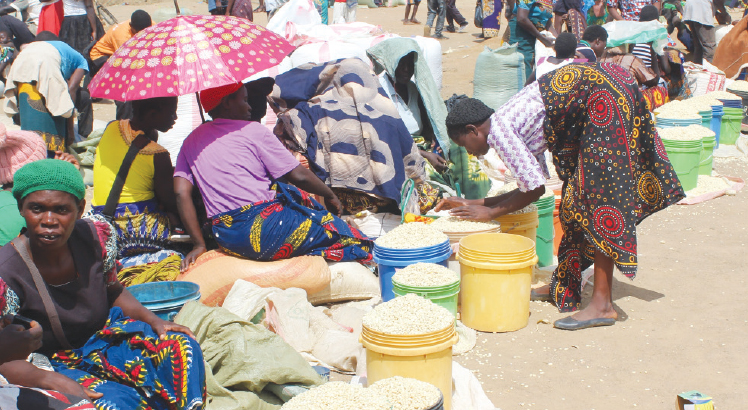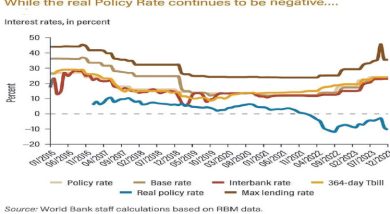World Bank warns of looming food crisis
The World Bank has warned that food import bill in poor countries, including Malawi, could rise by the equivalent of more than one percent of the gross domestic product (GDP).
Malawi’s nominal GDP is currently at K12 trillion and this means that one percent is equivalant to K120 billion.
In a published blog, World Bank macroeconomics, trade and investment global director Marcello Estevão observed that while the increase in imports of maize, rice and wheat is more than twice the size of the 2021/22 financial year and given the relatively small size of these economies, it is also twice as large as the expected increase for middle-income economies.

He said: “A food crisis is devastating by itself. The 2008 food crisis, for example, spurred a surge in malnutrition, particularly among children.
“In poor countries, it prompted families to sell household valuables to buy food. It prompted the poorest families to pull their children out of school, precipitating drop-out rates of as much as 50 percent among children from these households.”
But Estevão said when a food crisis coincides with a debt crisis, the effects are magnified, the high debt paralyses local governments and international assistance becomes the only way out.
He said as many as 25 African economies, including several of the poorest, import at least one-third of their wheat from Russia and Ukraine while for 15 others, the proportion is greater than 50 percent.
Estevão said: “The near-term scope for finding alternative sources within Africa is scant. The regional supply is relatively small and transport infrastructure and storage capacity is limited in any case.”
Already in Malawi, terms of trade have deteriorated, with imported commodities now 92 percent more expensive and exported commodities only appreciating by four percent in 2021, according to published World Bank data.
This, the world Bank said, would likely require financing of between 1.6 percent (K180 billion) and 3.2 percent (K360 billion) of the GDP to sustain the current consumption pattern of fertilisers, fuels and wheat in 2022.
Ironically, during the review period, Malawi’s trade deficit, an amount by which the cost of a country’s imports exceeds the cost of its exports, rose by $86 million (K89 billion) to more than $2 billion (K2.1 trillion).
To boost exports, the Ministry of Trade and Industry spokesperson Mayeso Msokera said government is banking on the National Export Strategy II for a turnaround and the commencement of trading under African Continental Free Trade Agreement, which is a market of 1.2 billion people and estimated $3 trillion in combined GDP to boost exports through the expanded market.
He said the National Export Strategy II seeks increase exports as a percentage of GDP to 18 percent by 2025.





